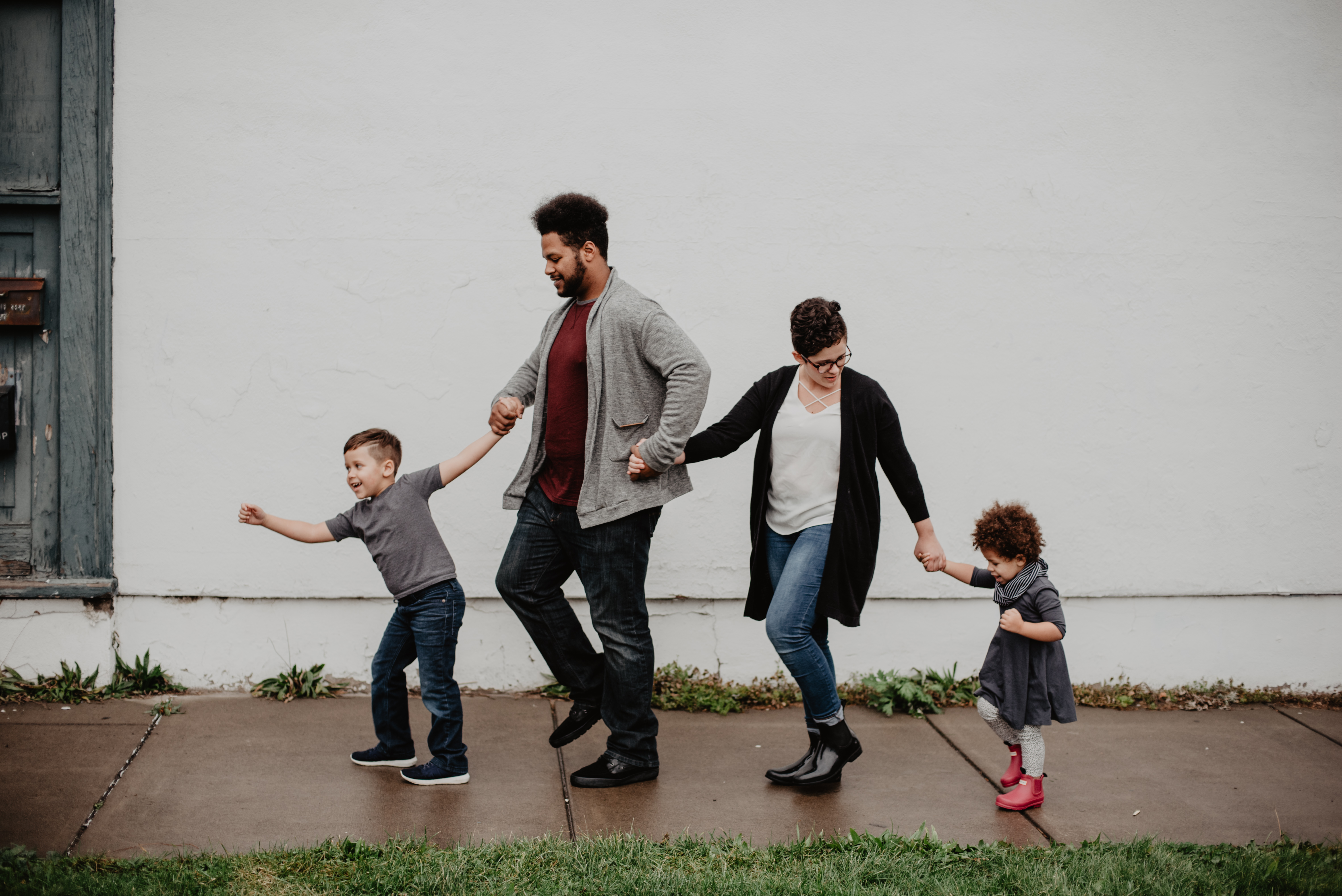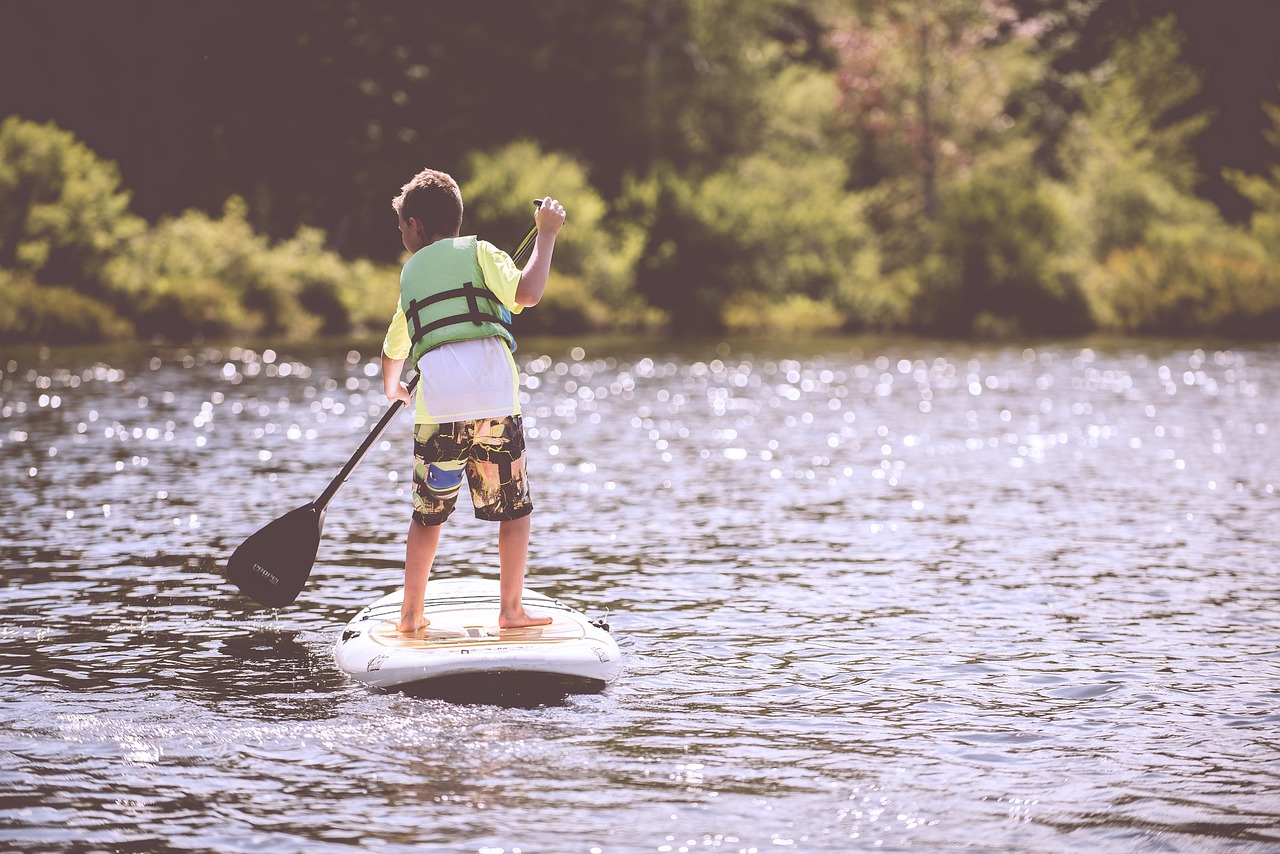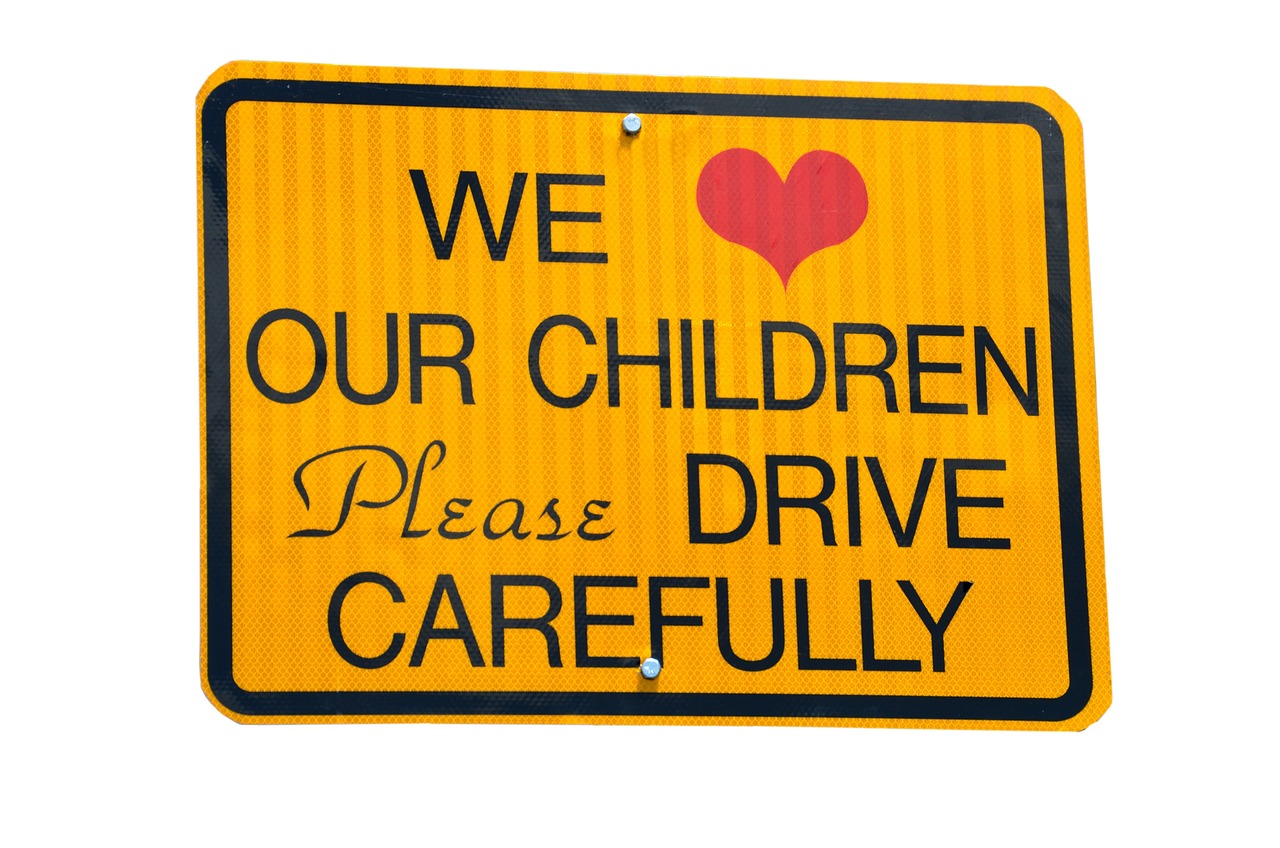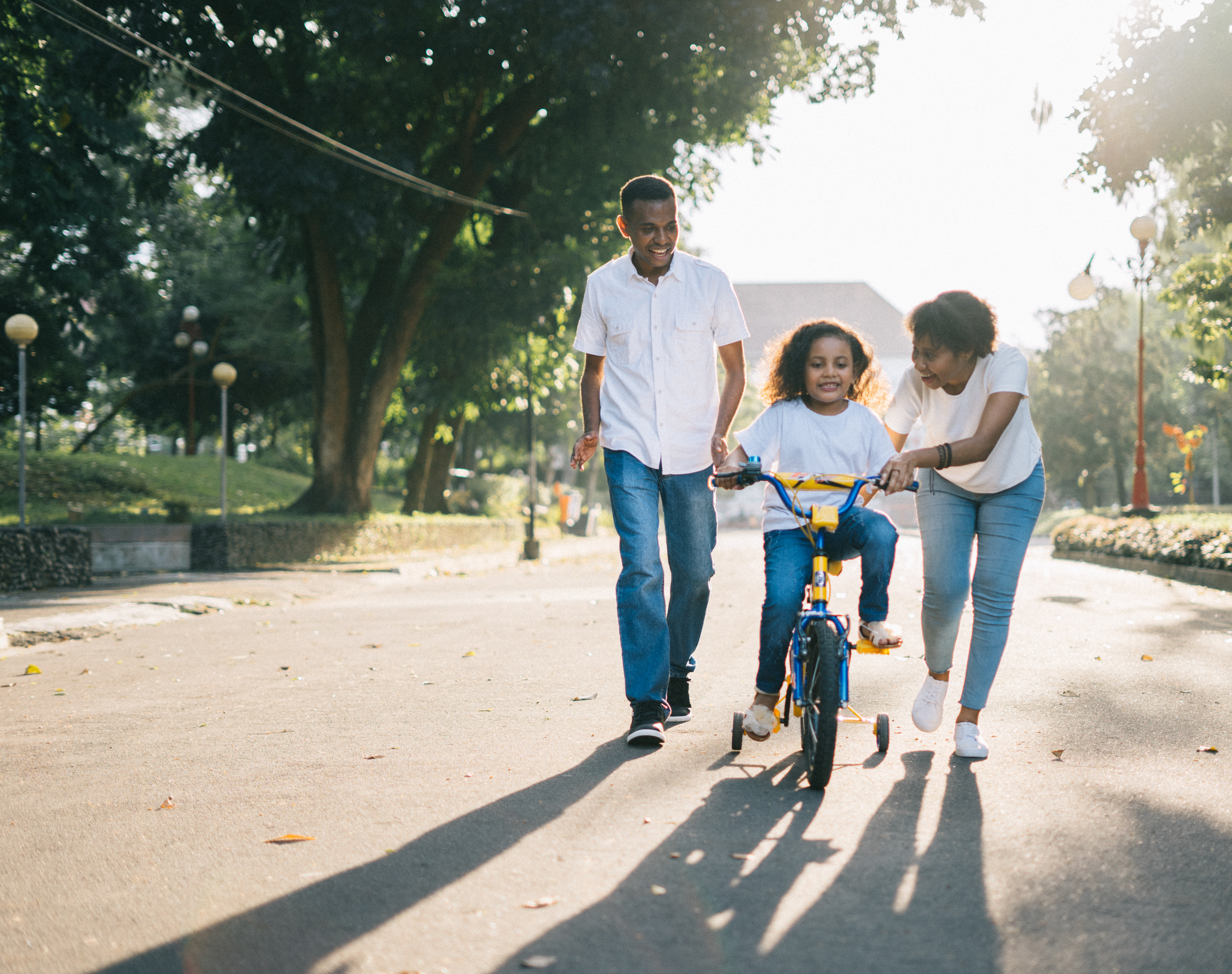Every parent strives to create a safe and nurturing environment for their children, but where do we draw the line between parenting and paranoia ? How much safety can become too much? These questions have been circulating around in parents' minds, making them question their actions and the potential implications for their children’s growth. This article explores the fine line between ensuring your child's safety and over-protecting them, ultimately causing more harm than good.
The Balancing Act: Safety and Freedom
One of the most challenging tasks for parents is striking a balance between giving their child the freedom to explore and ensuring their safety. Parents need to allow their children to make their own decisions, make mistakes, and learn from them. This helps develop resilience, problem-solving skills, and self-confidence. Yet, a parent's instinct is always to protect their child from harm, sometimes even from minor inconveniences and failures.

Striking this balance is difficult, but necessary. Parents must trust their own judgment and the skills they have taught their children, and step back to give them space to make their own decisions and grow. They must also set clear boundaries that will protect their child's safety.
As parents, it's important to remember that we are not always going to be there for our children. We can provide guidance, but ultimately they need to learn how to make their own decisions and face the consequences. In doing so, they will become strong and independent adults.
Overprotective Parenting: A Double-Edged Sword
Overprotective parenting, also known as 'helicopter parenting', involves excessive levels of control and protection over children. While some sources suggest this parenting style may seem beneficial in the short term, there are also suggestions that it could potentially lead to increased anxiety, lower self-esteem, and reduced life skills in children over time. Parents are encouraged to review a variety of resources and consult professionals to gain a balanced understanding of different parenting styles.

These children may struggle with risk assessment and decision-making because they have always relied on their parents for these critical aspects of life.
As a result, they may have difficulty transitioning into adulthood and establishing independence. They may also find it difficult to develop meaningful relationships, which can have a negative impact on their mental health. They may also struggle to maintain employment and live independently, or experience feelings of low self-worth and self-doubt. These feelings can be exacerbated by isolation and a lack of social support.
Guidance Versus Control
The key is not to control but to guide. Parenting is not about eliminating risks but about teaching children how to manage them. Instead of completely isolating them from challenging situations, parents should equip their children with the right tools and knowledge to navigate through these instances. This means allowing children to make mistakes and learn from them, to experience negative consequences and grow from them.

It also requires providing them with the necessary support and guidance to help them make the right decisions.
The Influence of Media and Society
In the age of the internet and social media, parents can easily become overwhelmed by horrific news and stories. This constant exposure can heighten parents' anxieties, leading them to over-protect their children. Parents must remember that while these stories are indeed disturbing, they are not the norm. It's important to keep a sense of perspective and be mindful of the potential effects of saturation in fear-based news. Parents should focus on teaching their children how to stay safe and how to handle difficult situations. They should also help them build resilience and a sense of optimistic outlook for the future.
Finding the Middle Ground
Striking the right balance is crucial for healthy child development. Overdoing safety measures can lead to 'bubble-wrapped' children who are not prepared for the real world.

On the other hand, neglecting safety can put children at risk. It is therefore vital to find a middle ground where children are safe but also allowed to grow and develop. Parents need to be aware of their children's needs and be able to adjust their safety measures accordingly. This way, they can ensure their children are safe while still allowing them to explore and learn. Ultimately, the goal is to create an environment where children can thrive.
Creating a Healthy Environment
The goal should be to create an environment where children feel safe to explore, make mistakes, and learn from them. It's about teaching them to be cautious without fear. This can be achieved through open communication, setting appropriate boundaries, and gradual exposure to different situations and environments. This will help children to develop problem-solving skills, build resilience, and increase their self-confidence. Offering support and guidance will encourage them to take risks and develop an understanding of their own capabilities.

Conclusion
In conclusion, the key to effective parenting is not wrapping your child in a safety bubble but equipping them with the necessary skills to face the world confidently. It's essential to remember that true safety is an illusion, and striving for it may result in over-protective parenting, which is counterproductive. Instead, it's important to give children the opportunity to learn from mistakes and develop resilience. Moreover, providing a safe and supportive environment is essential for healthy growth and development.
 Add Row
Add Row  Add
Add 




Write A Comment